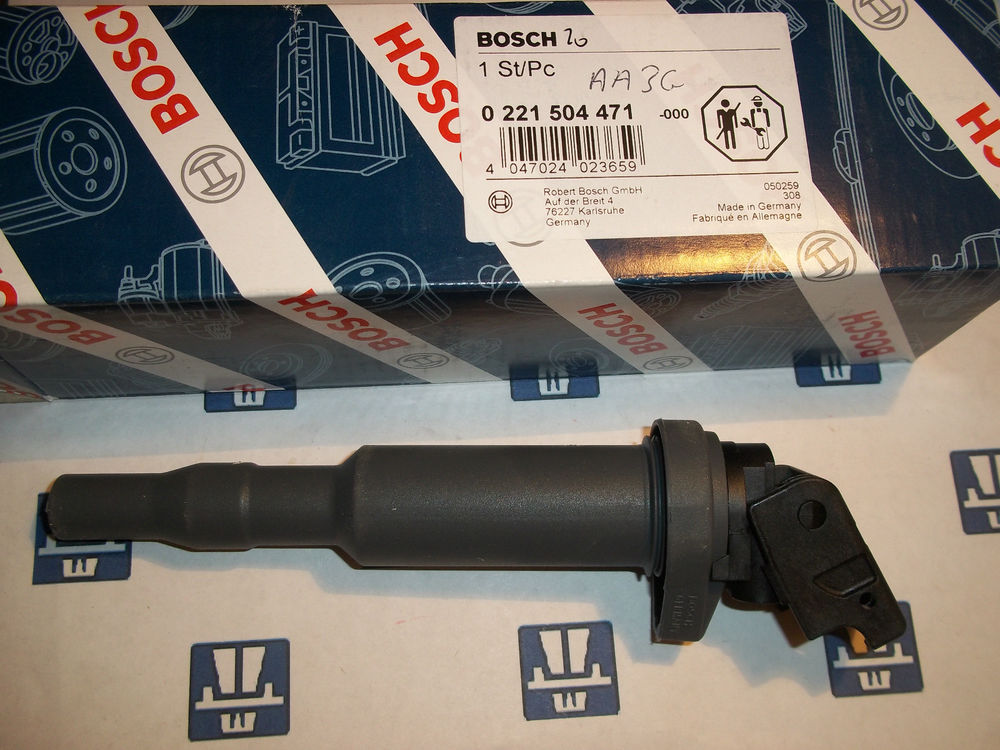Thanks for sharing, the more information the better!I ll answer the question myself
Judge yourself (@Torgus, u got a "like" as you have been right)
3 years old OEM Eldor with ~50k miles on it:
View attachment 73615
Brand new Dinan with 5 miles on it:
View attachment 73616
PLUS:
View attachment 73617
Of course thats not the scientific way to proof things. But its true street experience...
With the Dinan i got corrections while with OEM Eldor coils i had none. Also i got long crank with the Dinan on 2 out of 5 engine starts (including the shadow code above). The logs have been taken one day apart of each other.
But I'm skeptical that the coils are the cause here? Can anybody explain how a less energy coil could cause timing corrections? Unless the DME responds to misfire events (failure to ignite mixture) with timing corrections, but I didn't think that to be the case. I suspect the timing corrections and hard starts you saw with the Dinans may have been due to some other factor(s) (bad fuel, different ethonol %, iat, etc.), but that's just my own suspicion. Some days I get corrections, other days I don't - on the same coils.
If anybody knows if/how coils could influence corrections, I'd love to hear about it! I just replaced my stock Delphi's with Eldors (i'm n55), but I didn't expect, and haven't seen an improvement in corrections.






